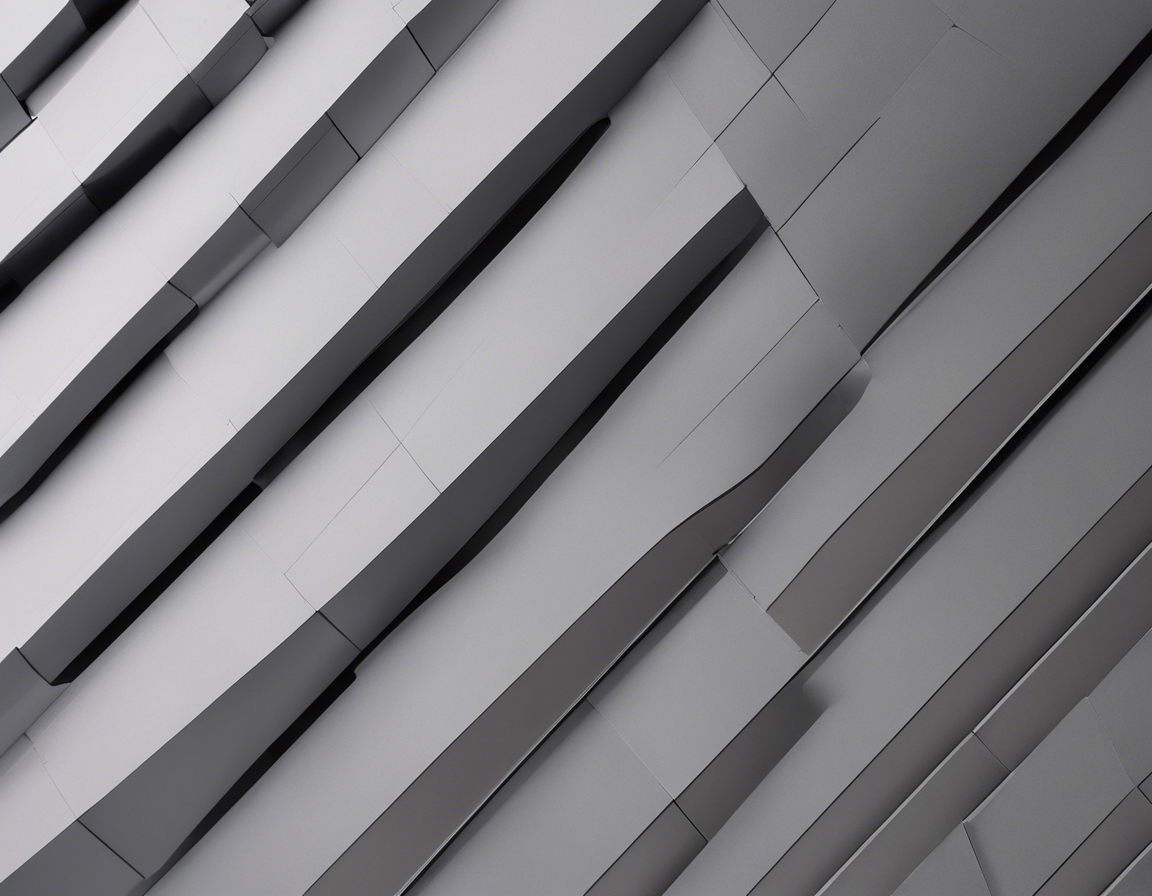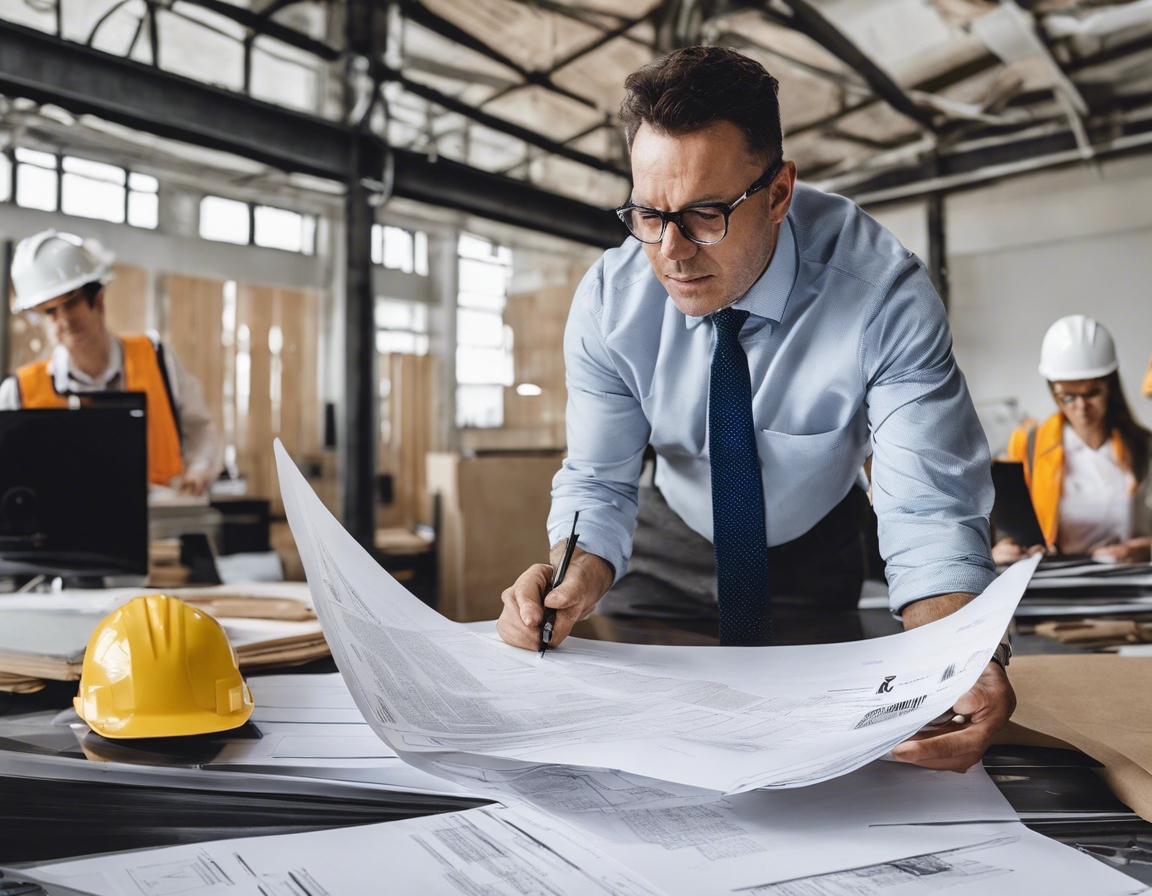The future of facades: trends in cladding systems
The facade of a building is more than just a protective skin; it's a statement of design intent, a reflection of the building's purpose, and a critical component in the structure's energy efficiency. As we look to the future, cladding systems are evolving to meet the demands of modern architecture, sustainability, and technological integration.
From traditional brick and stone to modern composites, the materials used in facade cladding have undergone significant transformation. This evolution is driven by the need for more durable, lightweight, and cost-effective solutions.
Cladding systems are integral to the architectural identity of a building. They influence aesthetics, building performance, and occupant comfort, making their selection a critical aspect of the design process.
Emerging Trends in Cladding Systems
As environmental concerns take center stage, the construction industry is shifting towards materials that are recyclable, have low embodied energy, and contribute to a building's overall sustainability.
Adaptive cladding systems that respond to environmental conditions are becoming more prevalent. These dynamic facades can adjust to sunlight, temperature, and wind to optimize comfort and energy efficiency.
Technological advancements in manufacturing, such as 3D printing and automated fabrication, are enabling more complex and precise cladding systems that reduce waste and installation time.
Cladding systems are increasingly incorporating technology to enhance functionality. Smart facades with integrated sensors and controls can improve a building's adaptability and performance.
Material Innovations in Cladding
Composite cladding materials, combining the best properties of multiple substances, are gaining popularity for their strength, versatility, and aesthetic flexibility.
Innovative materials that can repair themselves after damage are on the horizon, promising to extend the lifespan of facade systems and reduce maintenance costs.
Emerging materials like translucent concrete offer new possibilities for natural lighting and aesthetics, while maintaining the strength and durability expected of facade cladding.
Design and Aesthetic Trends
With advancements in manufacturing, architects and designers now have the freedom to create custom cladding solutions that reflect the unique character of each project.
Incorporating natural elements into facade design is a growing trend that promotes occupant well-being and environmental integration.
Modern cladding materials offer a wide range of colors and textures, allowing for dynamic and visually engaging building exteriors.
Energy Efficiency and Building Performance
High-performance cladding systems are essential for maintaining thermal comfort and reducing energy consumption in buildings.
Cladding systems that incorporate photovoltaic elements not only protect the building but also contribute to its energy production, creating a more self-sufficient structure.
Ventilated facade systems improve air quality and reduce the reliance on mechanical ventilation, leading to healthier and more sustainable buildings.
Installation and Maintenance Advancements
The move towards modular and prefabricated cladding systems is revolutionizing the installation process, making it faster, more efficient, and less labor-intensive.
Developments in material science are ensuring that modern cladding systems are not only aesthetically pleasing but also built to last, withstanding the test of time and harsh environmental conditions.
The future of facade cladding lies in systems that are easy to maintain and repair, reducing the total cost of ownership and ensuring the building's facade remains pristine over its lifespan.





Comments (0)